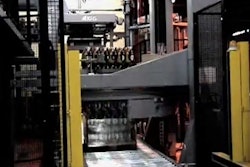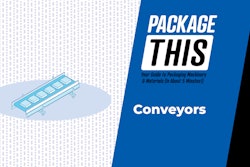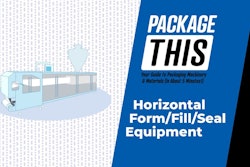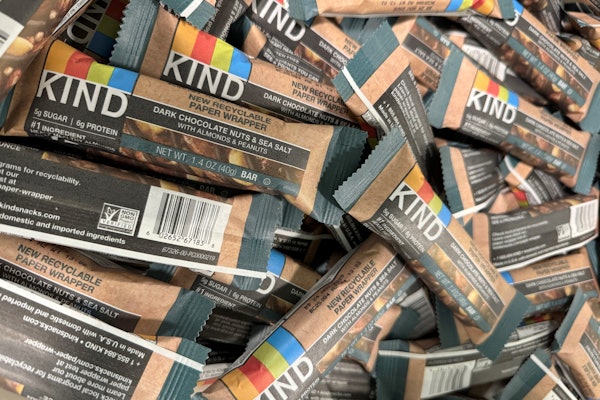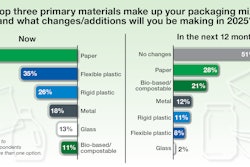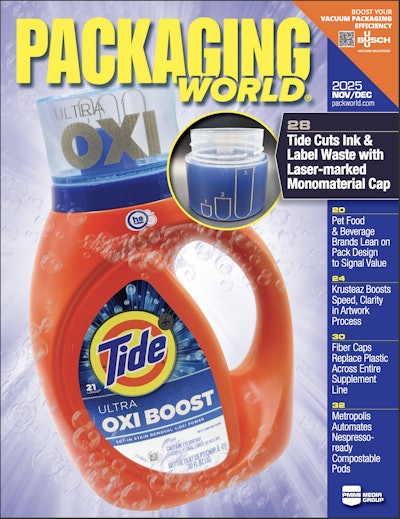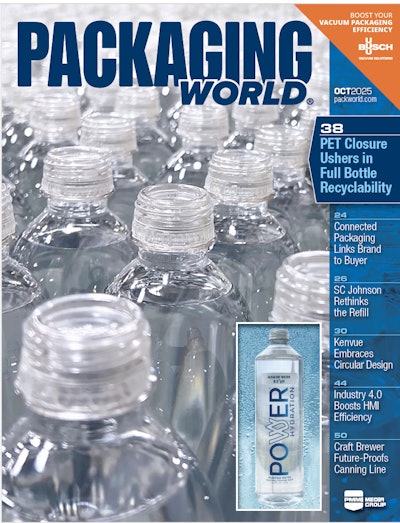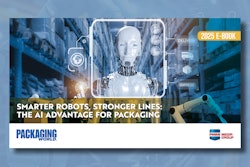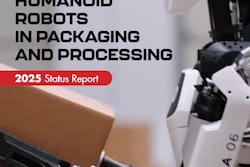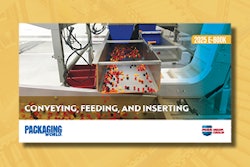Two sources in particular had insights I wanted to use, so I include them here. First, global marketing manager John Kowal of technology provider Elau on why PackML can help improve supply chain efficiencies.
"Say Wal-Mart wants a shampoo in a case that doubles as an in-store merchandiser," said Kowal. "And say those requirements are different than Costco's or Target's, even though it's the same bottle of shampoo. You'd better have a very flexible case packer. Servo motors and Generation 3 design will deliver much of that flexibility. But it takes more than that. You also have to know how efficiently that machine is operating, how soon it’s due for maintenance. This knowledge comes in the form of data, and PackML brings that data with maximum efficiency."
Kowal also had this to say about why controls and information technologies should be used to knit all segments of the enterprise together.
"Many CPG companies want to be able to produce mixed pallets," said Kowal in providing just one example of why enterprise-wide integration is important. "To do that, you can't view shipping and distribution as disconnected parts of the business. You have to view distribution as an extension of packaging."
The interconnectedness shouldn't stop at distribution, either, said Kowal. Packaging line data acquisition systems should proceed right on through the distribution and logistics departments to the Manufacturing Execution Systems (MES) that too often are too detached from plant floor realities.
"This notion of packaging line data acquisition systems telling MES what's what is a growing area in supply chain management," said Kowal. "But to help it along we're going to have to standardize the schema, just like we have with the PackTags that make up PackML. We could help each other out a lot if we could define an XML schema and a naming convention used by all to get data out of whatever type of controller is being used."
Like Kowal, Rockwell’s Bill McCarthy also thinks that plant-floor controls systems should be integrated with higher-level MES or ERP systems. He points to an extra incentive that ought to drive food manufacturers in this direction: the Bioterrorism Act of 2002. This law requires that food companies be able to track the delivery of incoming ingredients and respond to an FDA inquiry, should there be one, within four hours.
"It’s all about capturing information flowing through the plant and integrating it automatically at a higher level," says McCarthy. The benefits of such integration, he adds, go beyond compliance with the bio-terrorism law.
"Automatic replenishment of packaging materials also becomes a possibility," says McCarthy. "The cartoner on the plant floor, for example, is already counting the blanks it erects and loads. To implement automatic carton replenishment, all you have to do is make that plant-floor data accessible to an ERP system, probably through a layer of automation at the MES level."



